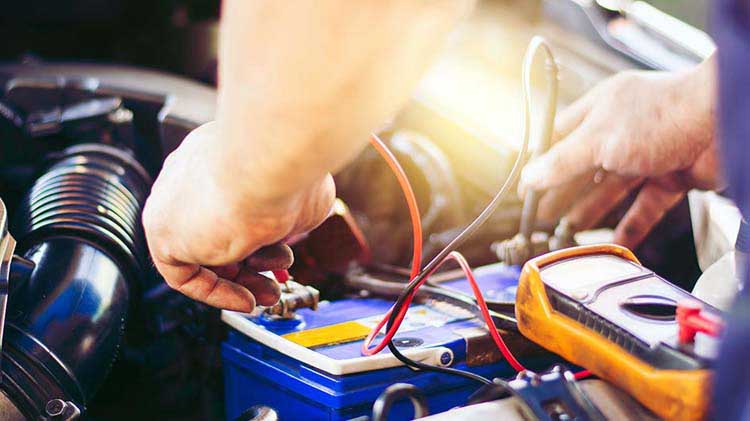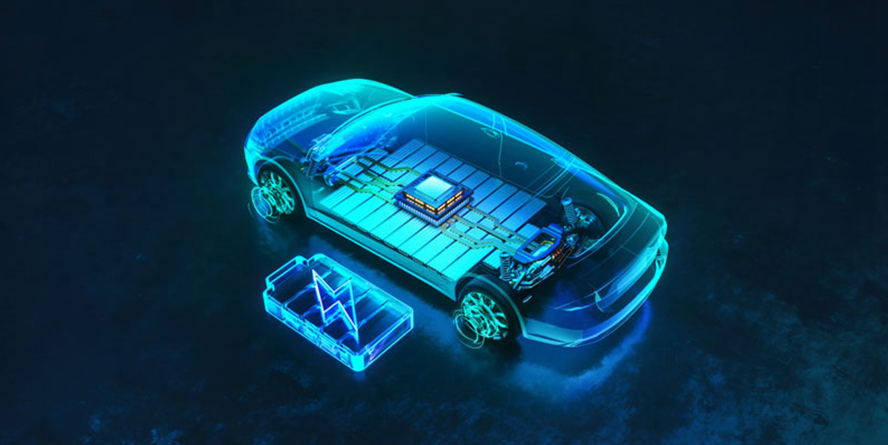how to fill battery with water
Introduction:
In this article, we will discuss the process of filling a battery with water. It is important to note that not all batteries can be filled with water, and this process is specifically for batteries that are designed to be topped up with water. Follow these steps to ensure safe and proper battery maintenance.
Step 1: Determine Battery Type
Before attempting to fill a battery with water, it is crucial to identify the type of battery you are dealing with. Most automotive batteries, also known as lead-acid batteries, require water for maintenance. However, other types such as lithium-ion batteries do not need water and should not be filled with it. Refer to the manufacturer’s instructions or consult a professional if you are unsure about your battery type.
Step 2: Gather Necessary Tools and Safety Precautions
To fill the battery with water, you will need a few essential tools and safety equipment. Gather the following items before proceeding:
– Distilled water: It is important to use distilled water rather than tap water to prevent impurities from affecting the battery’s performance.
– Safety goggles and gloves: Protect your eyes and hands from any potential splashes or spills.
– Funnel: A funnel will make it easier to pour water into the battery cells without causing any spills or mess.
– Clean cloth: Have a clean cloth handy to wipe off any water that may accidentally spill during the filling process.
Step 3: Prepare the Battery for Water Filling
Before opening the battery, ensure that it is in a well-ventilated area. Batteries can release potentially harmful gases during the filling process, so it is crucial to have proper ventilation. Additionally, make sure the battery is disconnected from any power source.
Step 4: Open the Battery
Carefully remove the battery caps using a screwdriver or the designated tool provided with the battery. The caps are usually located on top of the battery and cover the individual cells.
Step 5: Inspect the Battery
Take a moment to inspect the battery and check the water level in each cell. The water level should be above the battery plates but below the cell’s split-ring. If any cell is significantly lower than the others, it may indicate a problem with the battery and should be checked by a professional.
Step 6: Fill the Battery Cells
Using the funnel, slowly pour distilled water into each battery cell. Be cautious not to overfill the cells, as it can lead to electrolyte overflow during charging. Aim to fill each cell to the appropriate level, ensuring the battery plates are fully submerged but not covered by excess water.

Step 7: Replace the Battery Caps
Once all the cells are filled with water, carefully replace the battery caps. Ensure they are tightened securely but not overly tightened, as this can cause damage to the battery.
Step 8: Clean and Dispose of Any Spilled Water
If any water spills or splashes during the filling process, immediately wipe it off using a clean cloth. It is essential to keep the battery and its surroundings clean and dry to prevent any potential issues.
Step 9: Reconnect the Battery
After the water filling process is complete, reconnect the battery to the appropriate power source, following the manufacturer’s instructions.
خاتمة:
Filling a battery with water is a necessary maintenance task for certain types of batteries, such as lead-acid batteries. By following the steps outlined in this article, you can ensure the safe and proper filling of your battery. Remember to always refer to the manufacturer’s instructions and seek professional help if needed.
-
 When it comes to boating, having a reliable power source is crucial for a smooth and enjoyable experience on the water. One of the most important components of a boat's electrical system is the marine battery, responsible for powering various onboard devices and systems. Investing in a high-quality marine battery is essential for any boat owner, as it provides the...اقرأ أكثر
When it comes to boating, having a reliable power source is crucial for a smooth and enjoyable experience on the water. One of the most important components of a boat's electrical system is the marine battery, responsible for powering various onboard devices and systems. Investing in a high-quality marine battery is essential for any boat owner, as it provides the...اقرأ أكثر -
 Today, as the new energy vehicle industry is booming, lithium-ion automotive batteries, as its core component, are gradually becoming a key force in promoting the transformation and upgrading of the automotive industry. In the following, the importance, technological progress, challenges and future prospects of lithium-ion automotive batteries will be explored from several key points. 1. Importance: The core of energy...اقرأ أكثر
Today, as the new energy vehicle industry is booming, lithium-ion automotive batteries, as its core component, are gradually becoming a key force in promoting the transformation and upgrading of the automotive industry. In the following, the importance, technological progress, challenges and future prospects of lithium-ion automotive batteries will be explored from several key points. 1. Importance: The core of energy...اقرأ أكثر -
 Over the past few decades, military equipment has undergone a significant transformation, largely due to advancements in technology. One of the most groundbreaking developments in recent years has been the revolution of lithium batteries. These lightweight, high-capacity power sources have completely transformed the capabilities of military equipment, leading to enhanced performance, increased operational efficiency, and improved mobility. Lithium batteries...اقرأ أكثر
Over the past few decades, military equipment has undergone a significant transformation, largely due to advancements in technology. One of the most groundbreaking developments in recent years has been the revolution of lithium batteries. These lightweight, high-capacity power sources have completely transformed the capabilities of military equipment, leading to enhanced performance, increased operational efficiency, and improved mobility. Lithium batteries...اقرأ أكثر -
 Electric scooters have gained immense popularity in recent years due to their convenience and sustainability. These vehicles are not only eco-friendly but also offer an excellent alternative to traditional modes of transportation. One of the key components that power electric scooters is the battery. In this article, we will explore the significance of electric scooter batteries and how they contribute...اقرأ أكثر
Electric scooters have gained immense popularity in recent years due to their convenience and sustainability. These vehicles are not only eco-friendly but also offer an excellent alternative to traditional modes of transportation. One of the key components that power electric scooters is the battery. In this article, we will explore the significance of electric scooter batteries and how they contribute...اقرأ أكثر -
 Power Up Your Devices with a 12V 200Ah LiFePO4 Lithium BatteryIn today\'s world, everyone relies on electronic devices to make their lives easier. Whether it\'s a smartphone, laptop, or tablet, we need these devices to stay connected with the world. However, these devices are only as good as their power source, and that\'s where a good battery comes in.If you\'re...اقرأ أكثر
Power Up Your Devices with a 12V 200Ah LiFePO4 Lithium BatteryIn today\'s world, everyone relies on electronic devices to make their lives easier. Whether it\'s a smartphone, laptop, or tablet, we need these devices to stay connected with the world. However, these devices are only as good as their power source, and that\'s where a good battery comes in.If you\'re...اقرأ أكثر -
 When it comes to emergency situations, having the right tools at your disposal can make all the difference. One essential tool that you should always have on hand is a starter battery. Whether you're dealing with a dead car battery, a power outage, or any other situation that requires a reliable power source, a starter battery can help you power...اقرأ أكثر
When it comes to emergency situations, having the right tools at your disposal can make all the difference. One essential tool that you should always have on hand is a starter battery. Whether you're dealing with a dead car battery, a power outage, or any other situation that requires a reliable power source, a starter battery can help you power...اقرأ أكثر -
 The 24V on-board battery charger is a revolutionary product that has changed the way we charge batteries. It is an efficient and convenient charging solution that makes life easier for people who rely on batteries for their daily needs. In this article, we will explore the benefits of the 24V on-board battery charger and why it is an essential tool...اقرأ أكثر
The 24V on-board battery charger is a revolutionary product that has changed the way we charge batteries. It is an efficient and convenient charging solution that makes life easier for people who rely on batteries for their daily needs. In this article, we will explore the benefits of the 24V on-board battery charger and why it is an essential tool...اقرأ أكثر

